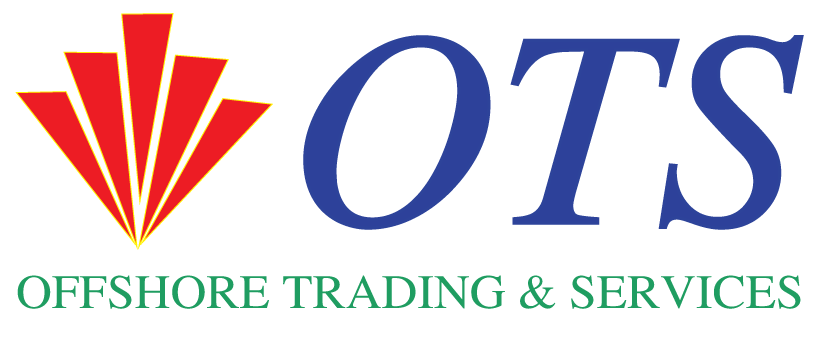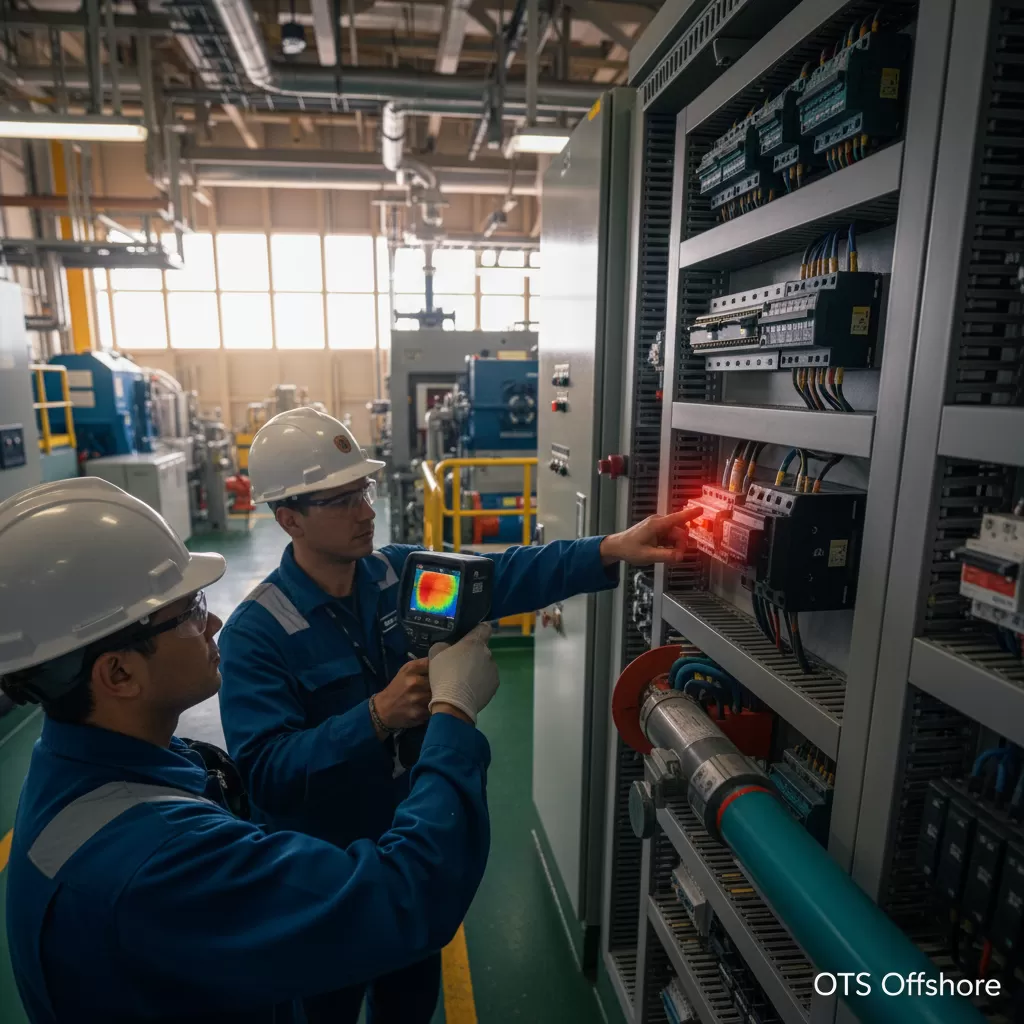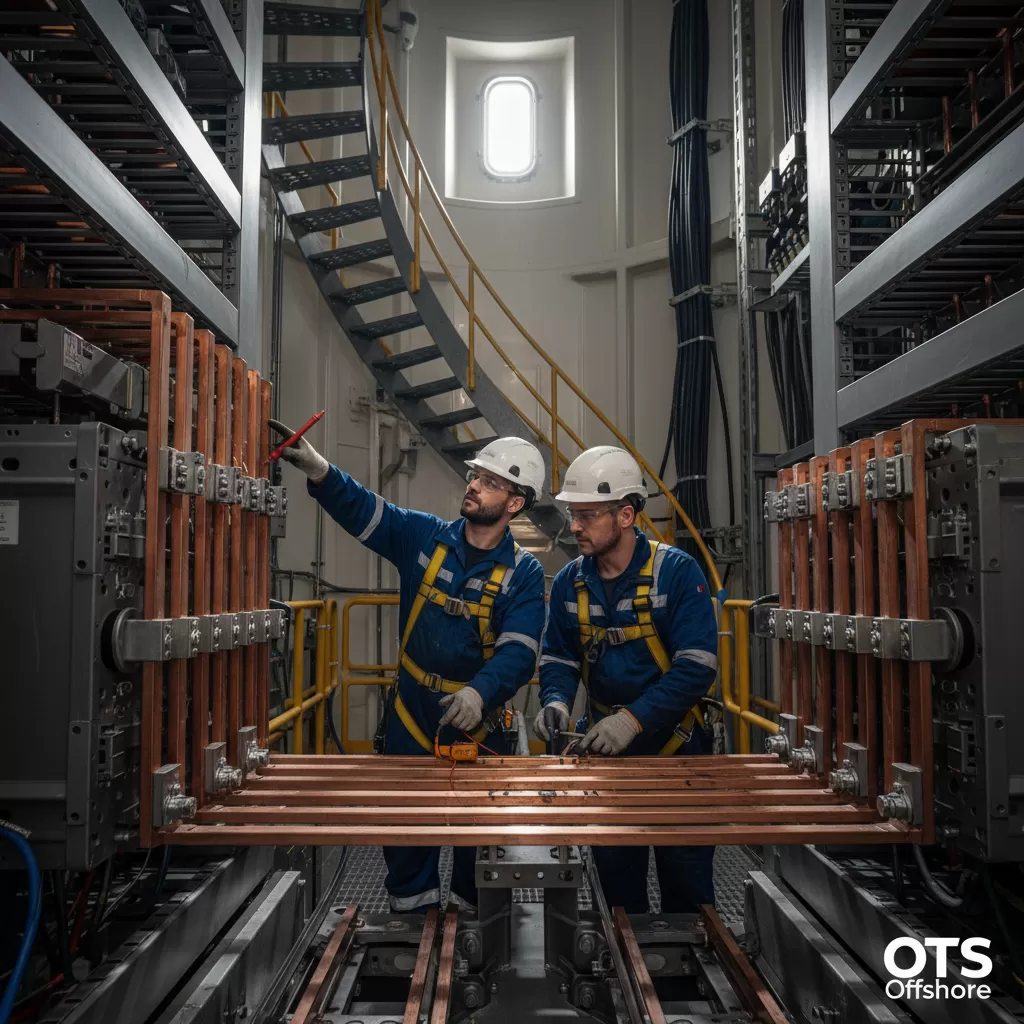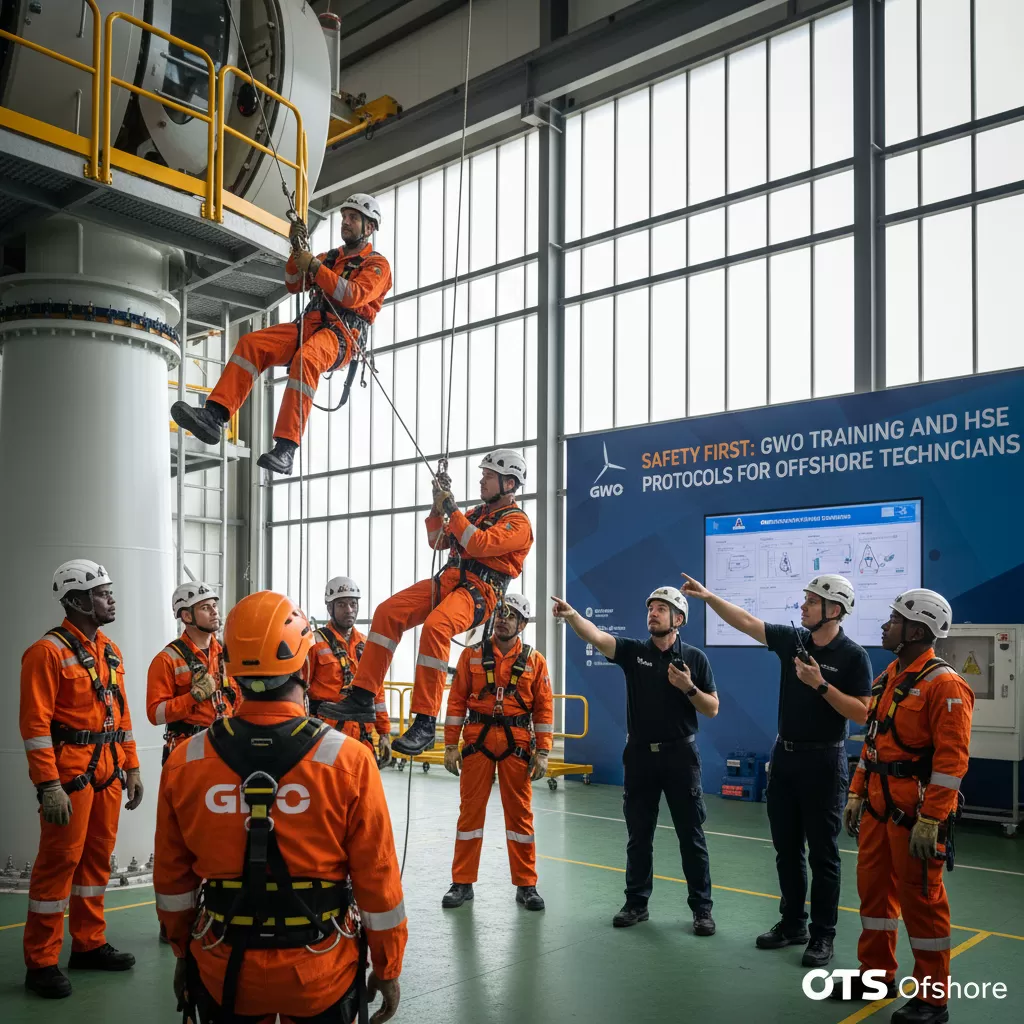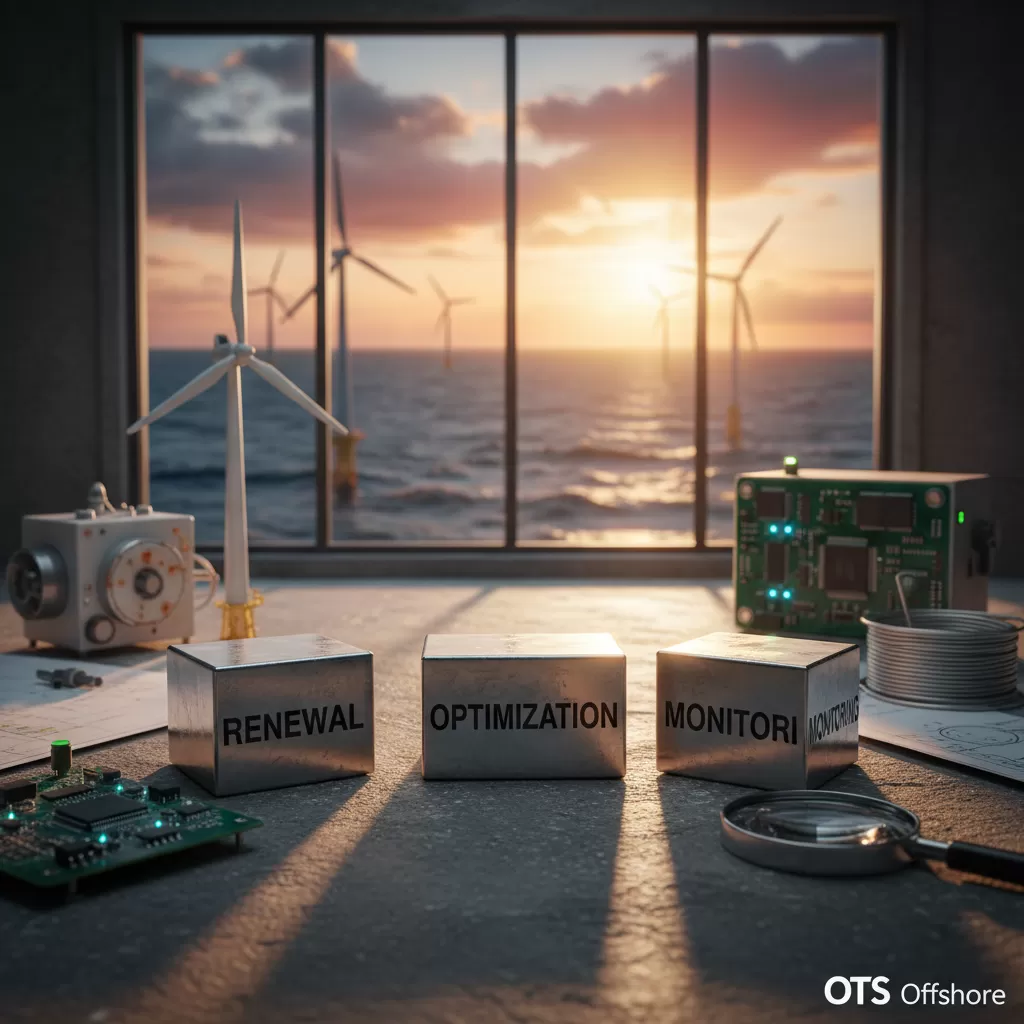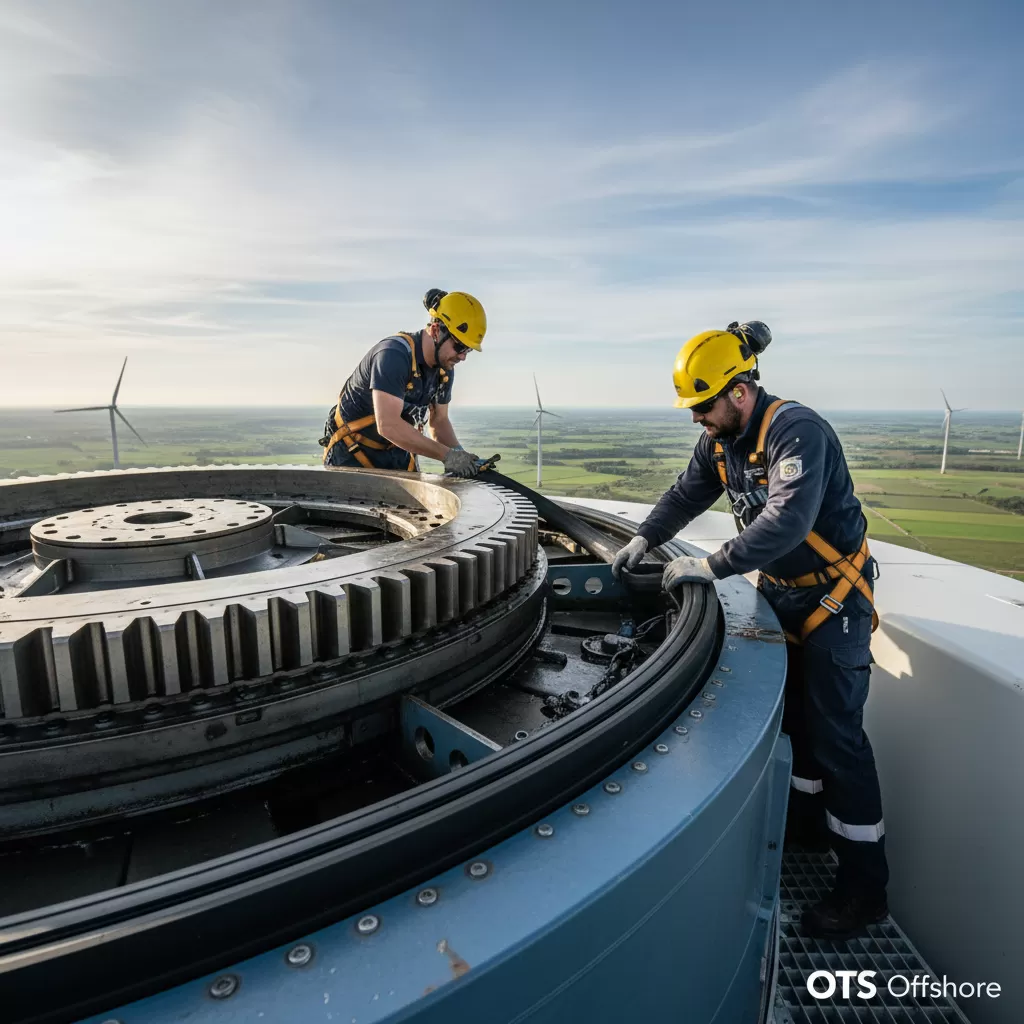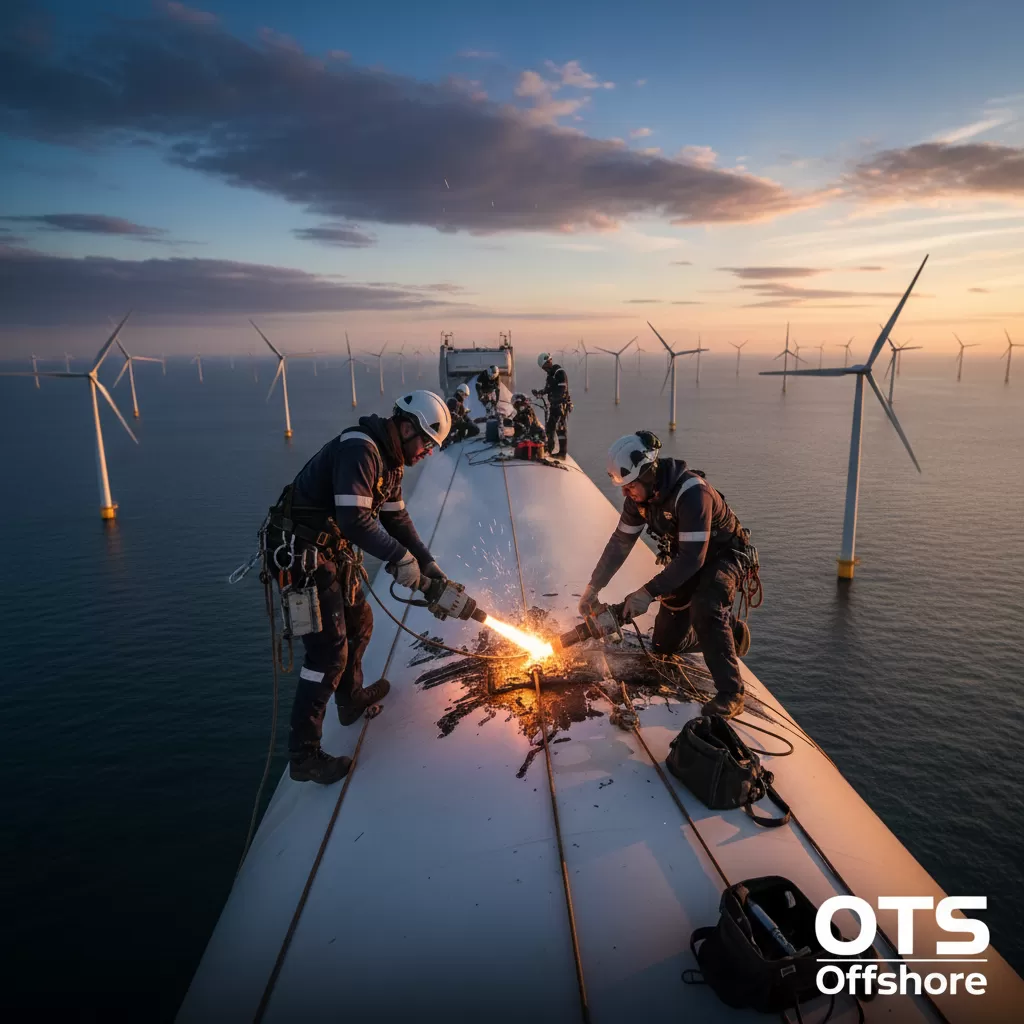Predictive Maintenance: Thermal analysis offers a proactive approach to safeguarding critical infrastructure in the oil and gas sector. By employing advanced thermal imaging and data analytics, organizations can identify potential equipment failures and mitigate fire risks before they escalate, ensuring operational continuity and personnel safety. Predictive Maintenance: Thermal Anomaly Detection for Enhanced Fire Risk Prevention…
Troubleshooting Repair Bars is a critical aspect of maintaining the operational integrity and safety of electrical systems within tall structures, particularly in the demanding oil and gas and energy sectors. This article delves into the common issues, systematic approaches, and best practices for addressing problems and performing necessary repairs on bus bars and associated electrical…
Safety First: Training is paramount in the high-risk offshore energy sector, ensuring that technicians possess the critical knowledge and skills to prevent accidents and respond effectively to emergencies. This comprehensive guide delves into the essential aspects of GWO (Global Wind Organisation) training and robust HSE (Health, Safety, and Environment) protocols, vital for safeguarding personnel and…
Strategies Life Extension for aging offshore wind turbines is becoming paramount as the global renewable energy sector matures. This article delves into the critical methodologies and innovative approaches employed to maximize the operational lifespan of these vital offshore assets, ensuring continued clean energy generation and minimizing costly replacements. Key Strategies for Life Extension of Aging…
Technical Requirements Certification: is a critical process for ensuring the safety, reliability, and performance of wind turbines. This article delves into the nuances of TCVN and IEC standards, providing an in-depth understanding for professionals in the oil, gas, and energy sectors. We will explore the foundational principles, key elements, and the indispensable role of certification…
This article provides a comprehensive overview of essential best practices for yaw system maintenance and the critical process of yaw lip seal replacement within the wind energy sector. It aims to equip engineers and technicians with the knowledge to optimize operational efficiency and extend component lifespan through proactive and meticulous maintenance strategies. Best Practices for…
Analysis SCADA Data is revolutionizing operational efficiency and safety across the oil and gas and energy sectors by enabling predictive maintenance and proactive failure prevention. This article delves into the methodologies and benefits of leveraging SCADA data for such critical applications. The Crucial Role of Analysis SCADA Data in Asset Integrity Management The continuous stream…
The Importance of Non-Destructive Testing in Periodic Turbine Inspections is paramount for ensuring the operational integrity, safety, and longevity of critical rotating machinery in the oil, gas, and energy sectors. This comprehensive overview explores how NDT methods are indispensable for detecting subsurface flaws and surface imperfections without compromising the turbine’s functionality, thereby preventing catastrophic failures…
Repairing lightning strike damage on wind turbine blades and nacelles is a critical aspect of maintaining operational efficiency and extending the lifespan of renewable energy assets. This article delves into the multifaceted challenges and advanced solutions associated with mitigating the destructive effects of lightning on these vital components. The Imperative of Repairing Lightning Strike Damage…
Effective Corrosion Protection strategies are crucial for the longevity and operational integrity of coastal and offshore wind assets, facing harsh marine environments. This article delves into advanced methodologies and best practices to mitigate electrochemical degradation, ensuring optimal performance and reduced lifecycle costs for wind turbine components. Strategies for Effective Corrosion Protection in Marine Wind Energy…
